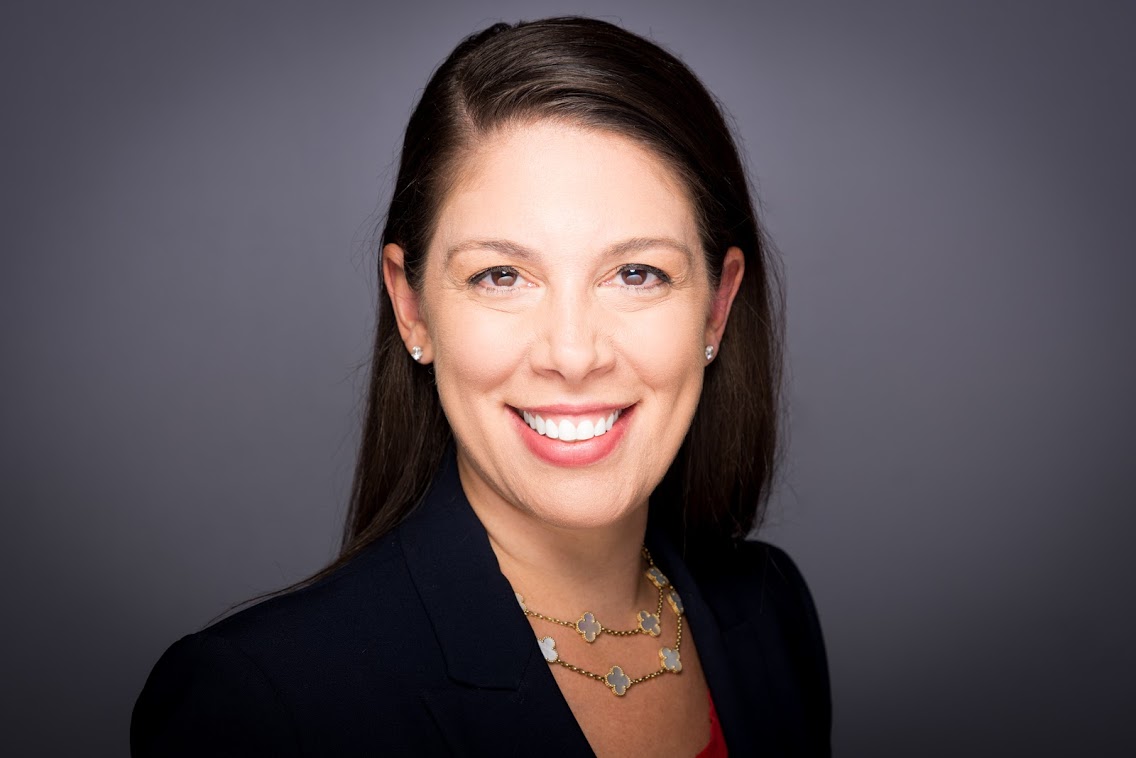
Most of the time, we talk about diversity and inclusion as if they function in tandem and take hold simultaneously. In reality, that’s not always how it happens at a corporate level. Typically, diversity takes center stage, with companies welcoming increased numbers of diverse hires, skewing heavily toward race and gender. In turn, inclusion starts to seem more like an add-on, tucked in the corner; an overlooked buy one, get one free premium. But if you’ve ever seen the movie “Dirty Dancing” you already know that “nobody puts baby in the corner.”
So while it’s true that diversity and inclusion are linked, it’s not because the words pair together so nicely. If anything, diversity won’t last without inclusion, a core-shaking change that disrupts the status quo and reframes an organization in the process.
Cutting through the misconceptions
Vernā Myers, vice president of Inclusion Strategy at Netflix and founder of The Vernā Myers Company, so famously said, “Diversity is being invited to the party. Inclusion is being asked to dance.” And though she’s not entirely wrong, this pithy summary puts limits on inclusion, doing little more than offering up a catchphrase for folks to repeat on slides in meetings. However, despite how carefully crafted the statement is, she gets at least one thing right – a point that we need to drive home again and again: diversity does not equal inclusion, and at the same time, inclusion does not equal diversity (at least not at first – more on that in a minute).
Instead, as God-is Rivera, director of inclusion and cultural resonance at Twitter, explains, advocating for a broader strategy, “You have to stop thinking about inclusion and diversity as this … thing over there. It has to be something completely threaded through your business.”
Boom, there it is – a deeper truth. Inclusion goes beyond recruiting, beyond hiring quotas, beyond annual reports. Inclusion is in an organization’s foundation, fundamental to its culture and community, a guiding principle that moves us forward, making it possible to achieve diversity and foster belonging.
Two steps forward, one step back
Part of the ongoing challenge with inclusion is that it’s harder to measure than diversity. That’s likely one of the reasons the two ended up so tied together. And when we hear about D&I failures, it’s usually because an organization set lofty, quantifiable goals that it failed to meet in a given timeframe. The evidence is everywhere though it’s not really about inclusion. Take a recent report from Deloitte and the Alliance for Board Diversity, which opens with “A critical need for inclusive leadership,” but only five references to inclusion in 40 pages.
The problem being these initiatives, as they are so often called, tend to sit within human resource departments and focus primarily in bringing people from outside the organization in, with no regard for what happens post-hire. Rather than help the organization grow and evolve with this changing workforce, this approach works to uphold the current structure, and we end up right back where we started.
Of course, ending this cycle isn’t a one and done move, or as Gwen Moran says in Fast Company, “Once you’ve put the time and effort into building your multi-talented, multi-faceted A-team, you’re not going to keep them if they don’t feel valued, understood, and comfortable. That’s where inclusion—making employees feel valued, welcome and comfortable being who they are—comes in.”
Let’s dance
Inclusion isn’t just a campaign, it’s a commitment, and by definition, lives across the organization, it reaches from top to bottom, and requires open communication and ongoing maintenance.
To make inclusion stick, we need to integrate it at all stages of the employee journey, regardless of their position, from recruiting and hiring to onboarding and training and everything after. This makes it a shared responsibility, one that everyone owns and can participate in, with no exclusions. Maybe this means forming a council, developing employee resource groups or spending more time together, actively listening. Better yet, perhaps this becomes how we measure our progress, through employee engagement and satisfaction, by celebrating business growth and outcomes, rather than comparing the number of one population over another.
Inclusion is a call to action, one that involves each and every employee, as well as their knowledge, experience and perspective. It starts at the beginning, not the end, deeply ingrained in the organization’s existing culture and promoted through improved hiring practices. Because ultimately, inclusion is how we talk to one another, how we relate and how we interact. It’s finding the right rhythm and teaching one another the steps day in and day out.
Authors
Jeanette Maister
Jeanette Maister is Managing Director and Head of Americas at Oleeo. At Oleeo, Maister drives growth, influences the product and helps customers leverage technology to transform their recruiting efforts. Prior to Oleeo, Jeanette spent most of her career as a recruiting practitioner holding leadership roles at Credit Suisse, Lehman Brothers, IBM, and Gartner. A graduate of Washington University in St. Louis with an MBA in Management from Columbia Business School, Jeanette was recognized as a 2018 IT Women of the Year finalist. She also received the Stevie silver 2017 Female Executive of the Year and the 2017 SmartCEO Brava Award.
Recruit Smarter
Weekly news and industry insights delivered straight to your inbox.





